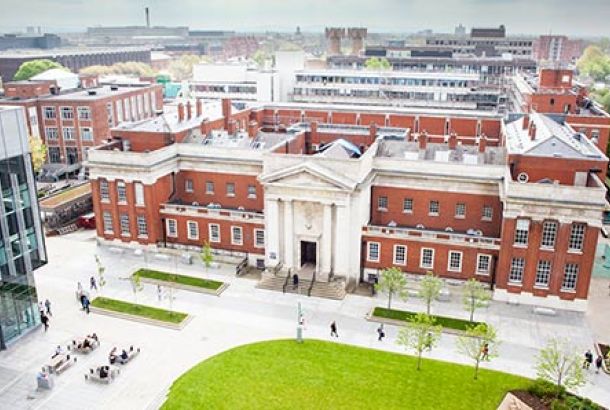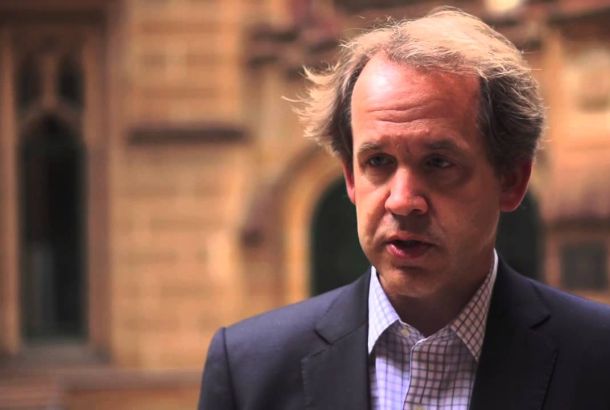Inside a world-beating Olympian
Athletes must have a unique physiology and flawless training regime to perform to the best of their ability, to gain a personal best, and to beat world records. The world watched in awe at the Beijing Olympics 2008 as Usain Bolt cruised over the finish line of the 100m and 200m sprints with apparent ease in world-record time; it is a combination of his physiology and training which lead to this unprecedented success.
An athlete’s training plan depends on their sport. Long distance runners, such as Paula Radcliffe, who participates in an endurance sports, train slow twitch muscle fibres to increase the number of these fibres in their muscles. These enable the runner to keep going for longer distances. Aerobic training is the basis for this and increases the number of mitochondria within the cells; these are the components of a cell responsible for providing energy to the muscles. This training also increases lung capacity and as more oxygen is taken in, more is available for the mitochondria to use for respiration providing energy for the body.
A 100m sprinter, like Usain Bolt, has a training plan designed to make fast twitch fibres work to their maximum capacity. Fast twitch fibres work in anaerobic conditions without the need for oxygen. However, after 5-10 seconds of activity, lactic acid starts to build up due to these high energy demands, and this causes the burn felt in muscles when exercising. Thus the nature of how fast twitch fibres generate energy is not ideal for endurance activities, as it is limited for short bursts of energy and causes pain for the runner.
In order for either of these muscle types to generate energy they need one important six carbon compound – glucose which is vital for respiration. Respiration is the biological process, which occurs in every cell of the body, which uses the oxygen breathed in to utilise glucose and provide energy to the muscles. The diet of an athlete has to provide them with enough glucose to fuel this process of respiration. For an Olympic rower to consume enough food to fuel they need around 6000 calories of lean meats, fish and carbohydrates.
The life of an athlete requires scientific precision in their training routine and diet, as well as a world-beating physiology, and so only the best of British can dream of a medal in London this summer.







